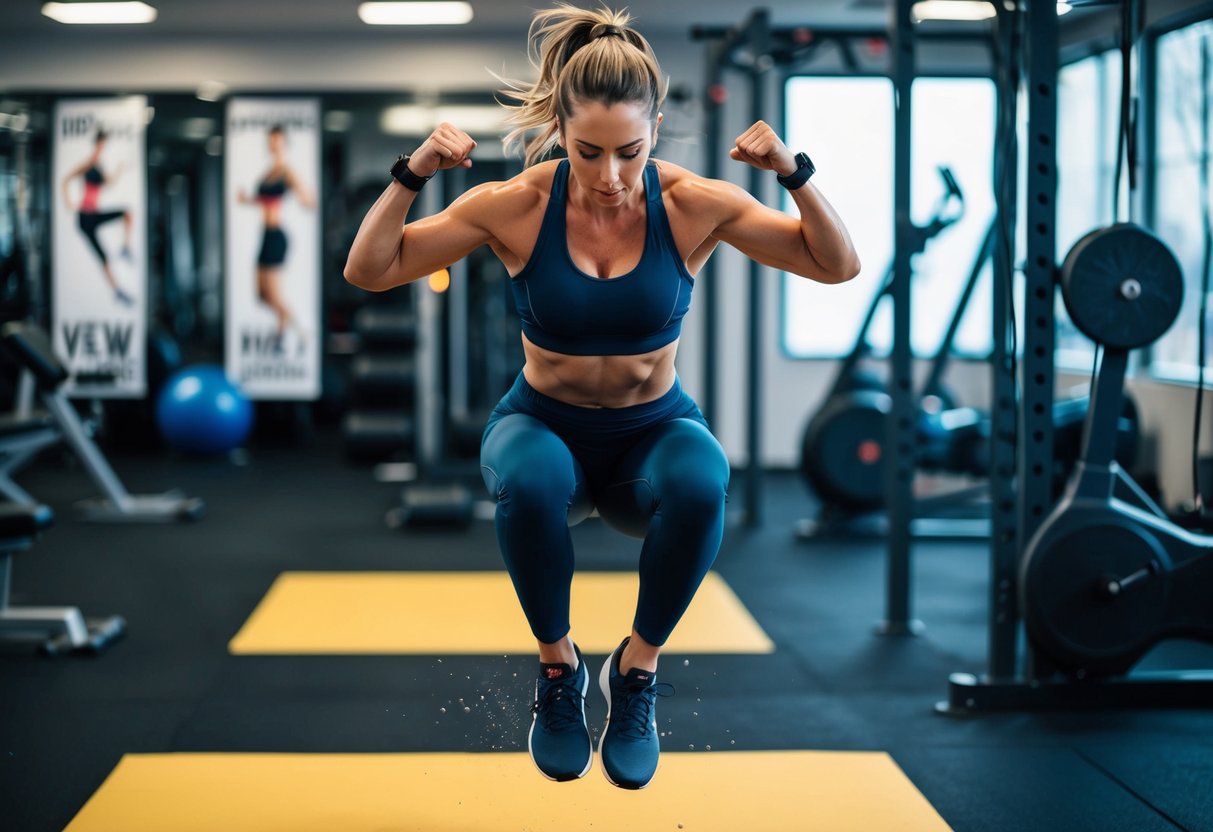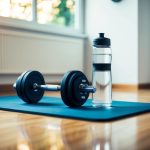
Maximizing Workout Effectiveness with the Right Apparel
Choosing the right workout clothing directly impacts performance and safety in high-intensity workouts. The balance between compression and flexibility is crucial, especially for strength training exercises like deadlifts and rows.
Impact of Clothing on Workout Performance
High-intensity workouts demand apparel that enhances both endurance and agility. Breathable fabrics wick away sweat, keeping the body cool and dry during strenuous exercises. This moisture management prevents discomfort and potential skin irritations.
In strength training exercises, having unrestricted movement is vital. Poorly designed or tight outfits may impede movement, affecting exercises such as deadlifts and rows. Selecting clothing that provides the optimal range of motion allows for better form and reduces the risk of injury, pointing to the direct correlation between well-chosen activewear and enhanced performance.
The Role of Compression and Flexibility
Compression garments play a significant role in reducing muscle fatigue and soreness by enhancing blood circulation. They provide support during high-intensity activities, stabilizing muscles and offering necessary pressure to reduce vibrations. This can be particularly beneficial in endurance and strength-focused activities.
Equally important is the flexibility of the fabric, which should stretch seamlessly with the body’s movements. This flexibility is essential for achieving the correct form in exercises such as squats or lunges, ensuring comfort without compromising the workout’s intensity. The right blend of compression and flexibility helps maximize workout effectiveness and safety.
Activewear for Outdoor Workouts
Choosing the right activewear for outdoor workouts involves considering changing weather conditions and selecting appropriate materials to ensure comfort. Selecting the right gear enhances performance and provides protection against the elements.
Adapting to the Environment: Seasonal Considerations
Outdoor workouts present challenges due to varied weather conditions. In colder temperatures, fleece-lined leggings provide insulation, helping to retain body heat during training sessions. They offer flexibility and comfort, allowing for a full range of motion.
For summer workouts, lightweight materials like moisture-wicking fabrics are essential. These fabrics help keep sweat away from the skin, maintaining comfort and reducing irritation. Breathable materials ensure airflow, preventing overheating during intense activities.
Water-resistant jackets are crucial for rainy days to keep dry without sacrificing mobility. Accessories like hats and gloves add layers of protection, ensuring both warmth and comfort are maintained during any outdoor activity.



